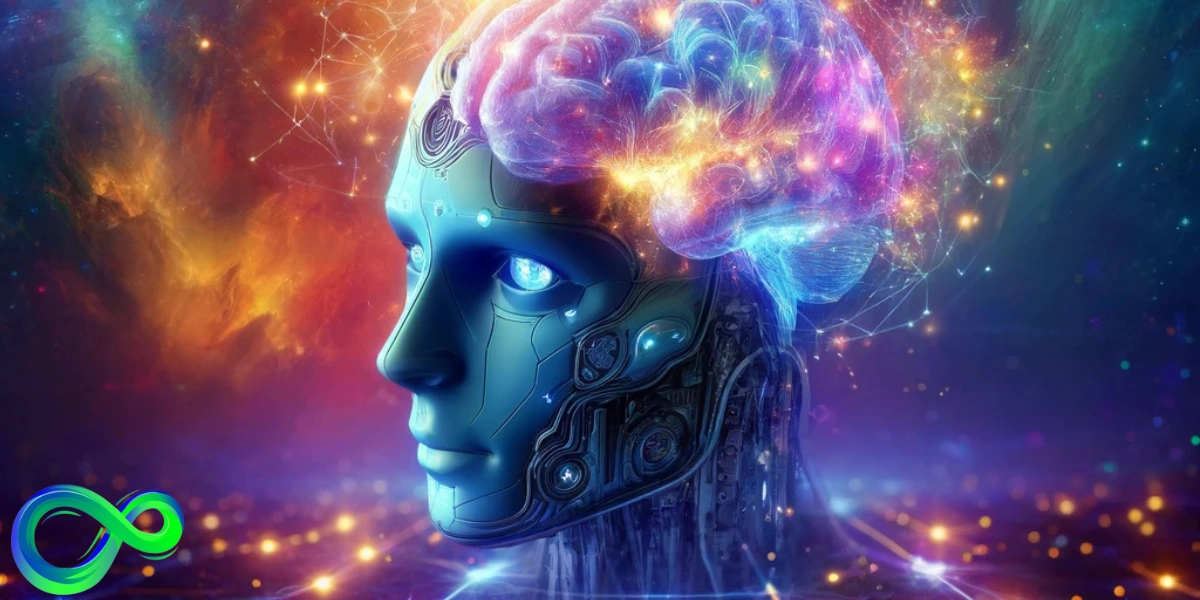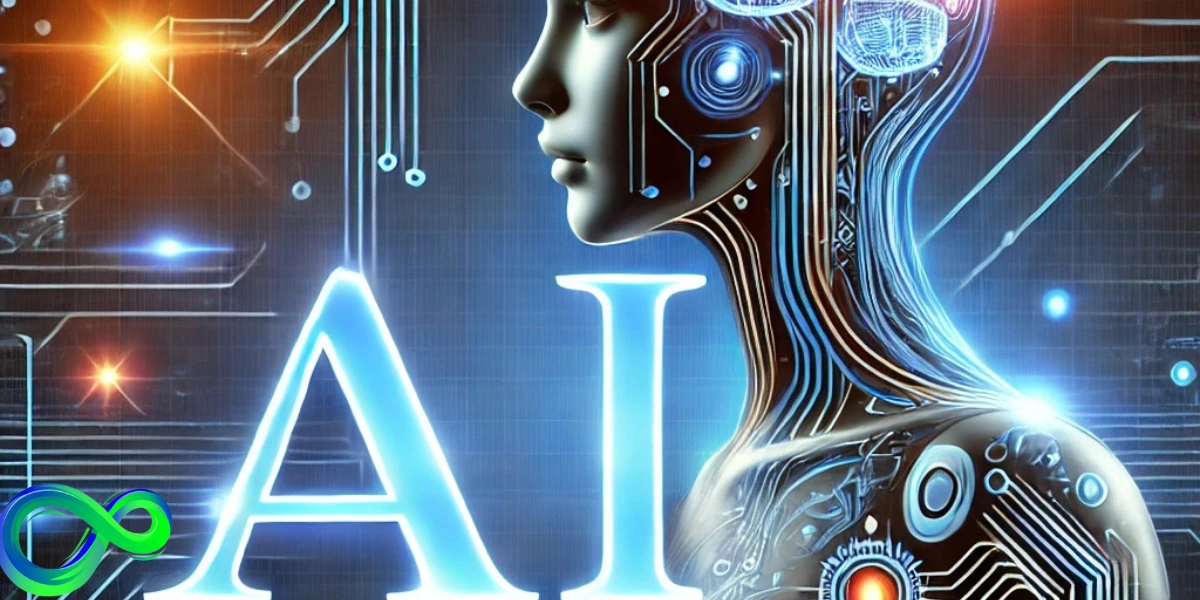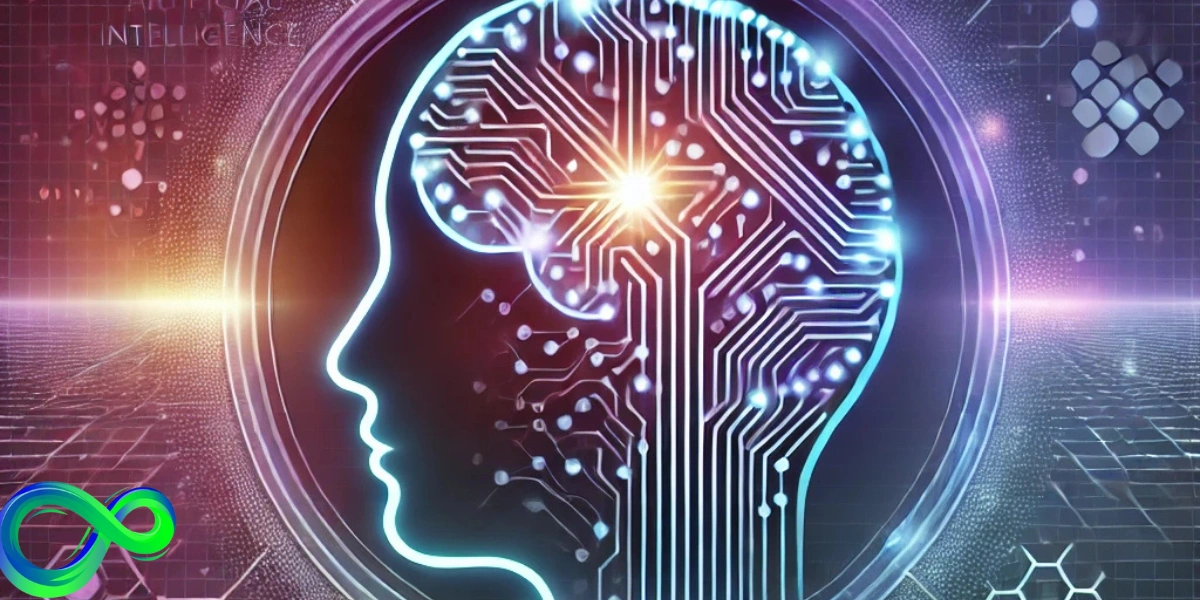Why AI is So Popular: Understanding its Significance in Today’s World
AI may at times appear like a relatively new technological advancement. After all, its usage has only gained traction in recent years, right? In actuality, AI’s foundation was laid in the early 1900s. Without the efforts of early professionals in a wide range of subjects, the greatest advancements would not have been possible, even though they weren’t made until the 1950s.
Understanding AI’s past is crucial to predicting its current state and its future direction. From the foundation established in the early 1900s to the significant advancements achieved in recent years, we discuss every significant development in artificial intelligence in this article.
Also read:
Hard to Kill Strange Sorry I’m Immortal
What Is Artificial Intelligence?

Although the idea of AI and machine learning is not new, it is seeing a significant boom as we further integrate technology into our daily lives.
However, What Is Artificial Intelligence Exactly?
Artificial intelligence refers to the development of computers and other machines that can function, process, and make choices without human input or contact. Simply put, an artificial intelligence system can think independently, even at a very basic level.
To put it another way, an artificially intelligent machine mimics human thought processes. AI systems learn by seeing patterns and trends, a process known as “machine learning,” which allows them to decide for themselves how best to complete a task. They can follow written and verbal directions, identify faces, sounds, and things, and use their senses and experiences to learn how to do a variety of tasks.
Why Is Artificial Intelligence Important?
The amount of data produced today—by both robots and humans—far exceeds the capacity of humans to process, comprehend, and use that data to make smart judgments. All computer learning is built on artificial intelligence, which is also the foundation for all complicated decision-making in the future.
For instance, despite the fact that there are 255,168 possible moves in tic tac toe (noughts and crosses), 46,080 of which result in a draw, most people can figure out how to win. With over 500 x 1018, or 500 quintillion, possible moves, much fewer people would be regarded as grand champions of checkers.
In order to determine the optimal choice, computers are incredibly effective at computing these permutations and combinations. Deep learning and AI (and its logical progression of machine learning) are the cornerstones of commercial decision-making in the future.
Birth of AI: 1950-1956
AI’s beginning: 1950–1956. The interest in AI truly peaked during this time frame. After publishing “Computer Machinery and Intelligence,” Alan Turing created the Turing Test, which is now used by specialists to gauge computer intelligence. They created and popularised the term “artificial intelligence.”
The Imitation Game, a test of machine intelligence, was developed by Alan Turing in his 1950 book Computer Machinery and Intelligence.
1952: The first person to learn checkers on their own was a computer scientist named Arthur Samuel, who created a program to play the game.
The term “artificial intelligence” was first used in a workshop led by John McCarthy at Dartmouth in 1955, and this is how it gained popularity.
Reason For the Popularity Of Artificial Intelligence

The growing popularity of artificial intelligence (AI) can be attributed to several key factors that are transforming industries and daily life. AI’s ability to solve complex problems, automate tasks, and enhance human capabilities has led to its widespread adoption. Here are the main reasons behind its rise:
Here Are Some Reason For AI Popularity:
some reasons why AI is popular:
- Efficiency and Automation
AI automates repetitive tasks like data entry and customer service, allowing human workers to focus on more complex, creative roles. This boosts productivity and efficiency across industries like manufacturing, healthcare, and finance. - Improved Decision-Making
AI’s ability to process large volumes of data quickly helps businesses make informed decisions in real time. By analyzing data, AI systems provide insights and recommendations that improve outcomes, especially in sectors like healthcare, finance, and marketing. - Personalization
AI enhances user experiences by tailoring recommendations based on individual preferences. Platforms like Netflix and Amazon use AI to suggest products and content, driving engagement and satisfaction. - Cost Savings
AI reduces operational costs by streamlining processes and improving resource allocation. For example, chatbots handle customer queries, reducing the need for human agents, while AI optimizes supply chains, leading to savings for businesses. - Innovative Solutions to Complex Problems
AI helps solve global challenges, such as disease detection and climate change. In healthcare, AI analyzes data to detect early signs of diseases, while in environmental science, it models climate patterns to propose solutions. - Advancements in Technology
AI has made rapid advancements in machine learning, natural language processing, and robotics, becoming more sophisticated and capable of handling complex tasks. This has led to new applications in autonomous vehicles, virtual assistants, and augmented reality. - Scalability
AI is highly scalable, enabling businesses to meet growing demands without increasing physical infrastructure. AI systems can efficiently manage larger workloads as companies expand. - Wide-Ranging Applications
AI’s versatility spans across industries like healthcare, finance, entertainment, and logistics. Its ability to automate customer service, detect fraud, and provide predictive analytics makes it indispensable for businesses seeking efficiency. - Increased Accessibility
AI tools have become more accessible, allowing even small businesses to integrate AI without requiring in-house expertise. Cloud-based AI platforms and machine learning APIs have democratized access to AI, broadening its adoption. - Public and Private Sector Investment
Both governments and tech companies have heavily invested in AI, driving rapid advancements. Investments by companies like Google, Microsoft, and Amazon, as well as public sector funding, have made AI technologies widely available.
Why Do We Need AI?
Artificial intelligence is not just a luxury or a trend—it’s a necessity in today’s rapidly evolving world. Here are some reasons why we need AI:
- Dealing with Complex Data: The amount of data generated in today’s world is staggering. AI is necessary to process and analyze this data effectively. Whether it’s used in financial markets, healthcare, or social media, AI helps organizations make sense of vast amounts of information and extract actionable insights.
- Solving Global Challenges: AI is being used to address pressing global challenges such as climate change, poverty, and disease. AI models can analyze environmental data to predict climate patterns and suggest ways to mitigate the effects of climate change. In healthcare, AI helps with early disease detection and personalized medicine.
- Meeting Growing Demands: As populations grow and industries become more complex, the demand for smart solutions continues to rise. AI can help meet these demands by providing scalable, efficient, and cost-effective solutions in various sectors, from agriculture to energy.
Artificial Intelligence (AI) solutions are quickly gaining popularity for their ability to analyze available data and respond to patterns in order to assist businesses in making better decisions. The demand for experts in the subject has grown as a result of its rising popularity, and several of the world’s best universities are now offering artificial intelligence courses to meet this demand.
Here are some examples of AI in business:
Marketing: Increasing the visibility of the products you believe your customers will want to purchase is essential for retail enterprises looking to increase earnings.
By using customer data to predict what a customer might wish to purchase, AI recommendation systems in smart commerce can put that product front and center on a webpage to increase conversions. CRM and AI are also essential marketing applications.
Logistics: Logistics is often one of the most complicated aspects of a business, and artificial intelligence (AI) can be very helpful in this area. AI controls delivery drones and creates quicker delivery routes using shortest-path algorithms, which are expected to become typical solutions for logistics in the future.
Strategies: The most successful companies use data to inform their plans and goals for the upcoming fiscal year, and artificial intelligence (AI) can assist them in forecasting future sales using the data they obtain from their past sales. These insights can assist strategists in making important decisions about the direction they wish to take their companies in the future.
Production: AI is frequently used by manufacturers to manage resources and determine factors like supply and demand for particular items. For instance, AI systems can tell manufacturing facilities to boost the output of a product in order to fulfill demand if it is seeing a surge in demand.
The Significance Of Artificial Intelligence

The significance of artificial intelligence (AI) in today’s world cannot be overstated. AI holds the power to revolutionize industries, solve complex global challenges, and fundamentally change how we live and work.
One of the primary ways AI makes a difference is through the automation of repetitive tasks. By handling mundane and time-consuming activities, such as data entry and quality control, AI frees up human workers to focus on more complex and creative tasks.
This not only increases efficiency but also enhances productivity across various sectors, from manufacturing to administrative functions.
Moreover, AI’s ability to analyze vast amounts of data quickly and accurately plays a crucial role in improving decision-making. With AI-powered systems, businesses and individuals can gain valuable insights that help guide better, data-driven decisions.
This capability is especially important in fields such as healthcare, finance, and marketing, where timely, real-time data analysis can significantly impact outcomes. In these industries, AI helps professionals make faster, more informed choices, ultimately leading to improved results.
AI also enhances personalization, providing tailored experiences across numerous domains, including e-commerce, entertainment, and education. AI algorithms analyze user preferences and behavior to suggest products, movies, and content that align with an individual’s tastes.
This level of personalization boosts customer satisfaction and engagement, fostering deeper connections between businesses and their audiences.
Types Of Artificial Intelligence
Experts divide artificial intelligence into four categories, from the widely used task-specific intelligent systems of today to the as-yet-undiscovered sentient systems.
The following are the categories:
- Reactive machines: These AI systems are task-specific and lack memory. The IBM chess program Deep Blue, which defeated Russian chess grandmaster Garry Kasparov in the 1990s, is one example. Although Deep Blue possessed the ability to recognize pieces on a chessboard and make predictions, it was unable to draw on prior knowledge to guide future decisions due to its lack of memory.
- Limited memory: Because these AI systems have memory, they can draw on prior experiences to guide their decisions in the future. This is how developers build some of the decision-making processes in self-driving automobiles.
- Theory of mind: The term “theory of mind” comes from psychology. In the context of artificial intelligence, it describes a system that can understand emotions. In order for AI systems to become essential components of traditionally human teams, they must be able to predict behavior and understand human intents.
- Self-awareness: AI systems in this category are conscious because they possess a sense of self. Self-aware machines are aware of their own condition. There isn’t any AI like this yet.
What Is Generative AI Art?
AI models trained on billions of photos produce generative AI art, including images. Using this information, the model learns visual styles and, when prompted by a person’s text, uses this knowledge to create new artwork.
DALL-E is a well-known AI art generation example. There are many alternative AI generators available, though, and they are equally, if not more, powerful. Additionally, these tools can be utilized for many purposes.
Currently regarded by ZDNET as the best AI image generator, Image Creator from Microsoft Designer is Microsoft’s version of the technology that makes use of OpenAI’s most sophisticated text-to-image model, DALL-E 3.
Certain models, like DALL-E, train on pictures found online, even if the owner did not give their consent. Others, like Adobe’s Firefly, allegedly only use public domain content where the copyright has lapsed or Adobe Stock Images, adopting a more moral stance.
What Is An Example Of Generative AI?
As previously said, generative AI is only a branch of artificial intelligence that “generates” or creates a new output using its training data.The best examples of generative AI models are AI chatbots and AI picture producers. To generate fresh text or graphics, these systems draw from an immense amount of the items they were educated on.
Why Is Generative AI a Hot Topic Right Now?
Due to the growing popularity of generative AI models, such as OpenAI’s conversational chatbot ChatGPT and its AI picture generator DALL-E 3, the phrase “generative AI” is becoming quite common.
These and related applications employ generative AI to create new material in seconds, such as Excel formulas, computer code, articles, emails, social media captions, photos, poems, and more. This might greatly improve people’s workflows.
After a week of its inception, ChatGPT had over a million members, demonstrating its rapid rise to fame. After witnessing that achievement, numerous other businesses, including Google, Microsoft’s Bing, and Anthropic, hurried to enter the generative AI sector. These businesses created their own generative AI models quite rapidly.
As more businesses enter the market and come up with innovative ways to incorporate generative AI into routine tasks, the excitement surrounding the technology will only intensify. For instance, new generative AI models for audio and video have appeared recently.
Conclusion About Why AI Is So Popular?
As AI continues to advance, its applications will become more widespread. Impacting every sector from healthcare and education to finance and entertainment. AI is not just a tool for improving business operations. It’s a transformative force that will shape the future of society.
The ability of AI to solve complex problems, enhance efficiency, and create new opportunities ensures that it will remain a critical component of our technological landscape for years to come.
The growing importance of AI underscores its potential to drive innovation, improve quality of life, and address the most pressing challenges of our time. As we continue to explore the possibilities of AI, one thing is clear: this technology is not just a trend—it is the future.
FAQS About Why AI Is So Popular?
Here are some FAQS about Why AI Is So Popular. We try to explain in the best way or accurately. Further, if you have any questions about this our team is available 24/7. Please contact us.













One thought on “Why AI Is So Popular?”